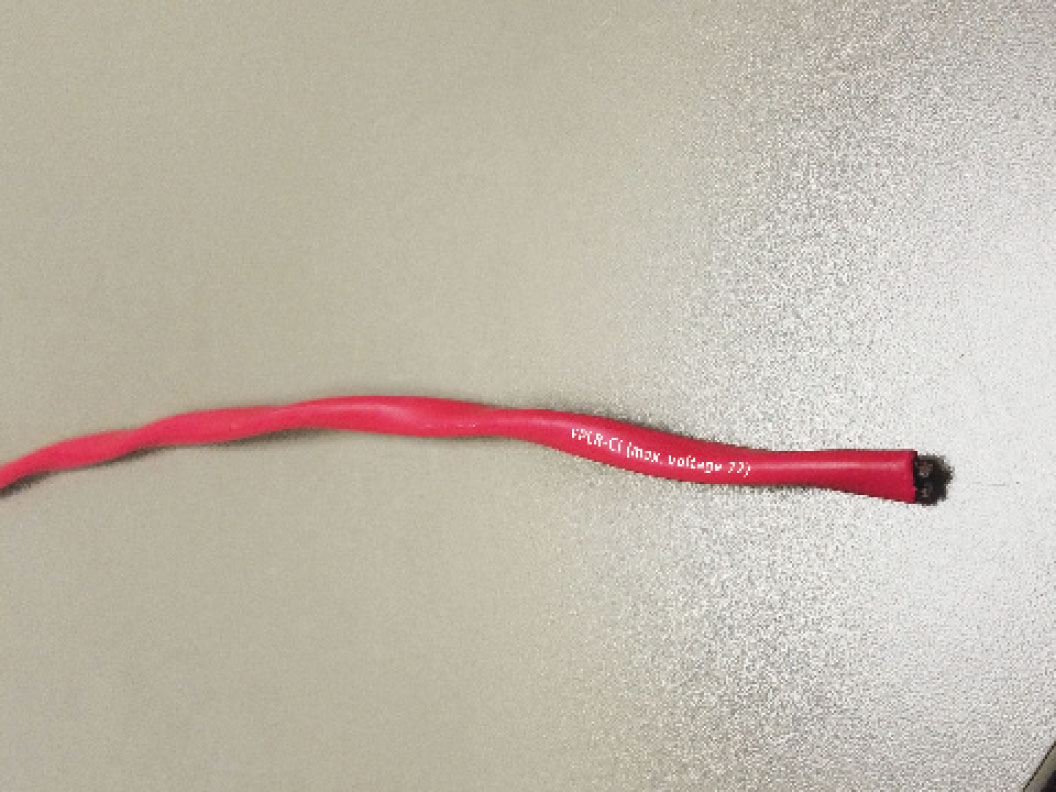Question
I remember a few years back that circuit integrity (CI) cables all lost their Listings. Is this still true today? Are there any Listed CI cables?
Answer
In 2012, UL suspended certifications of product category Fire-Resistive Cables (FHJR) for use in certifications of product category Electrical Circuit Integrity Systems (FHIT). At the same time, UL suspended certifications of circuit integrity (CI) ratings of power-limited, communication and fire alarm cables that are intended for installation in free air (not inside a raceway). Since that time, several fire-resistive cables for use in electrical circuit integrity systems have been certified by UL to enhanced requirements. Today, several manufacturers have also certified their Circuit Integrity cables under the product categories of Communication Cables (DUZX), Power-limited Circuit Cable (QPTZ) and Power Limited Fire Alarm Cable (HNIR). You can find the UL guide information and current certifications for these product categories by entering FHJR, FHIT, DUZX, QPTZ or HNIR into the category code search of UL Product Spec at www.ul.com/productspec.
Circuit integrity cables or CI cables are those used for survivability of critical circuits under fire conditions for at least two hours, as referenced in 2017 NEC 725.179(F), 760.176(F) and 800.179(G). Power-limited circuit cable, communications cable and power-limited fire alarm cable with the cable type designation that includes -CI on the jacket are considered circuit integrity cables. To be considered as circuit integrity cable, a cable must comply with the circuit integrity requirements in ANSI/UL 2196, the Standard for Fire Test for Circuit Integrity of Fire-Resistive Power, Instrumentation, Control and Data Cables.
For more information on the status of fire-resistive cables for use in electrical circuit integrity systems and circuit integrity (-CI) cables, go to www.ul.com/fireratedcables
Question
I have seen conduit installations in which rigid metal conduit emerges from underground and transitions to rigid PVC conduit simply by inserting the rigid metal conduit into the end bell of the PVC rigid conduit without a fitting. Is rigid PVC conduit Listed to connect to rigid metal conduit in this way?
Answer
No. The end bell of a length of rigid PVC conduit is intended to accommodate another length of rigid PVC conduit solvent welded into the end bell of the conduit. Rigid metal conduit is intended to be terminated into Certified/Listed enclosures with integral hubs, rigid metal conduit hubs or fittings. Rigid PVC conduit is investigated for compliance with the ANSI/UL 651, the Standard for Safety for Schedule 40, 80, Type EB and A Rigid PVC Conduit and Fittings and steel rigid metal conduit evaluated to ANSI/UL 6, the Standard for Safety for Electrical Rigid Metal Conduit – Steel. Presently, the connection described in the question is outside the scope of UL 651 and UL 6.
Rigid PVC conduit is Certified/Listed under the product category Rigid Nonmetallic Schedule 40 and Schedule 80 PVC Conduit (DZYR). Rigid steel conduit is Certified/Listed under the product category Rigid Ferrous Metal Conduit (DYIX). Conduit fittings for both nonmetallic and metallic conduit are Certified/Listed under the product category Conduit Fittings (DWTT). You can find the UL guide information and certifications for each of these product categories by entering DZYR, DYIX or DWTT into the category code search of UL Product Spec at www.ul.com/productspec.











Find Us on Socials